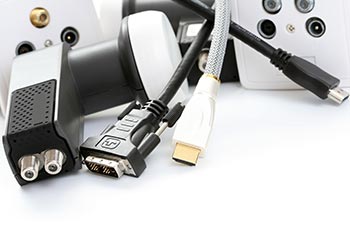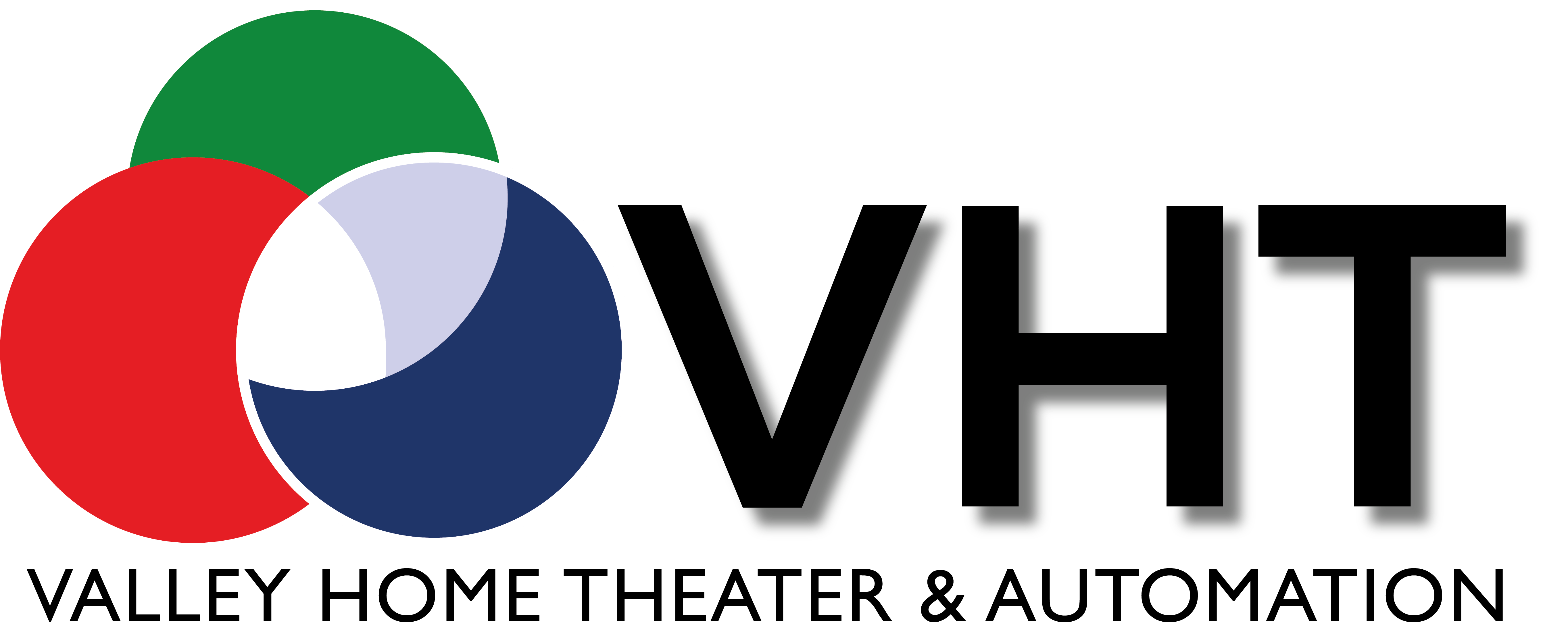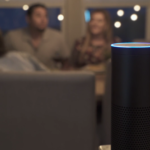 When buying a new TV, there’s always the question of what brand, how big, what extra features to look for, and how much to spend. But with the advent of super high-def TVs, there’s also the question of what cable to use. In fact, the question about what cables and connectors to use become increasingly common as new formats and updates are released—with HDMI alone, there have been a half dozen updates to the format.
When buying a new TV, there’s always the question of what brand, how big, what extra features to look for, and how much to spend. But with the advent of super high-def TVs, there’s also the question of what cable to use. In fact, the question about what cables and connectors to use become increasingly common as new formats and updates are released—with HDMI alone, there have been a half dozen updates to the format.
During the dawn of 4K TVs, everyone was talking about HDMI 2.0 and how it was the right cable to support 4K viewing. It was the best thing to complement 4K TV, offering increased frame rates, multiple video streams, backward compatibility, and most of all NO new cables required.
Now that 8K TVs are here, will the notable HDMI 2.0, the current reigning champ of display cables, remain functional and reliable? We examine several issues concerning the compatibility (or non-compatibility) of 8K TVs and HDMI 2.0, and take a look at the newest contender for the title, superMHL.
Data Transfer and Framerate Speeds – superMHL vs. HDMI 2.0
Older versions of HDMI cables, such as HDMI 1.4, can barely support 4K TVs and seriously impacts the viewing experience. HDMI 1.4 is limited to 24-30 frames per second, depending on the resolution, which blurs scenes with fast motion and a lot of action. HDMI 2.0 has the bandwidth to carry 4K video at 60 FPS, as long as both the HDTV and the source are HDMI 2.0-compatible. This means that HDMI 2.0 can more than keep up with modern movies and TV shows, which feature pedestrian framerates of between 24 and 30 fps. But it does run into limitations with gamers with high-end computer rigs that can run extremely high-resolution games at up to 120 FPS. And it remains to be seen if the tech will be able to keep up with future 8K displays.
8K TVs with resolutions of 7680 x 4320 or 16 times standard HDTVs need better, more innovative cables to allow data to travel faster and more efficiently at a high enough speed between devices, whether you’re connecting your TV with a smartphone, media stick, Blu-Ray player or laptop.
Which is where superMHL comes in. The newly introduced superMHL cable promises 8K framerates of 60 FPS, and can handle 120 FPS on 4K displays. When the new technology was announced in January 2015, it was stated that superMHL was the only guaranteed option for 8K TVs: a future-proof connector that could handle increasing bandwidth needs and the growing trend towards reversible connectors (like the Apple Lightning and USB Type-C connectors).
And it should come as no surprise that Samsung—one of the founding members of the MHL Consortium—was quick to push the technology by featuring in its first line of 8K TVs that were announced at the 2015 CES.
Use Your Display Cables to Charge Your Devices As Well
Yes, now you’ll be able to use a display cable to not only transfer data to a display, but power it as well. Not only is the superMHL cable capable of monstrously massive data transfers, it supports the transfer of 40 watts of power (20 volts at 2 amps) in either direction, meaning that a TV could power media players and audio equipment through the cable, or vice versa. Mobile devices that support superMHL will be able to be charged by the cable while they’re connected to an external TV display as well.
New TVs Are Going to Be Held Back By Cheap Cables
No matter how high your TV’s resolution or display framerate may be, if you’re connecting it with an older cable, your experience is going to be severely diminished. Trying to watch a 4K or 8K television using old HDMI cables would be like driving a sports car fitted with a moped engine installed under the hood.
Buying cables for HDTVs used to be easy. You simply grabbed whatever HDMI cable was the cheapest, and you were good to go. But now we’re at the point that that even newer HDMI 2.0 cables can’t quite keep up with 4K TVs, and will certainly suffer with the advent of 8K. If you want the best viewing experience, when you upgrade your display, you’ll need to upgrade your cables as well. If you decide to make the jump to 8K, make sure to grab one of the new, more powerful superMHL cables to make sure that you don’t miss out on a single pixel.
If you have any questions about what cables you need to get the best possible viewing experience, visit our contact page and send us a message!

















